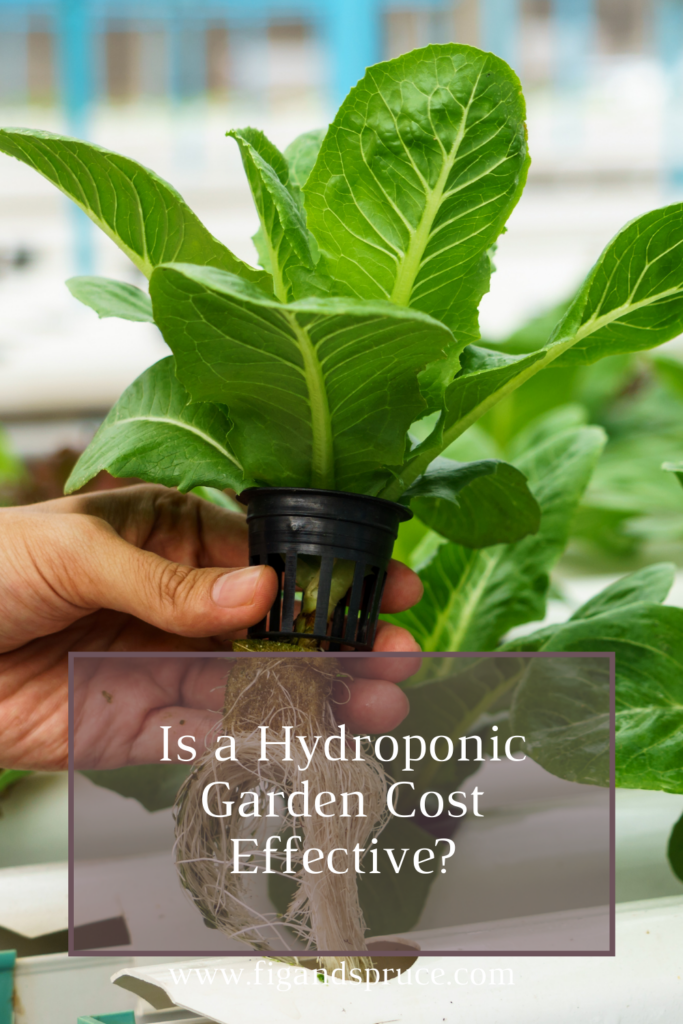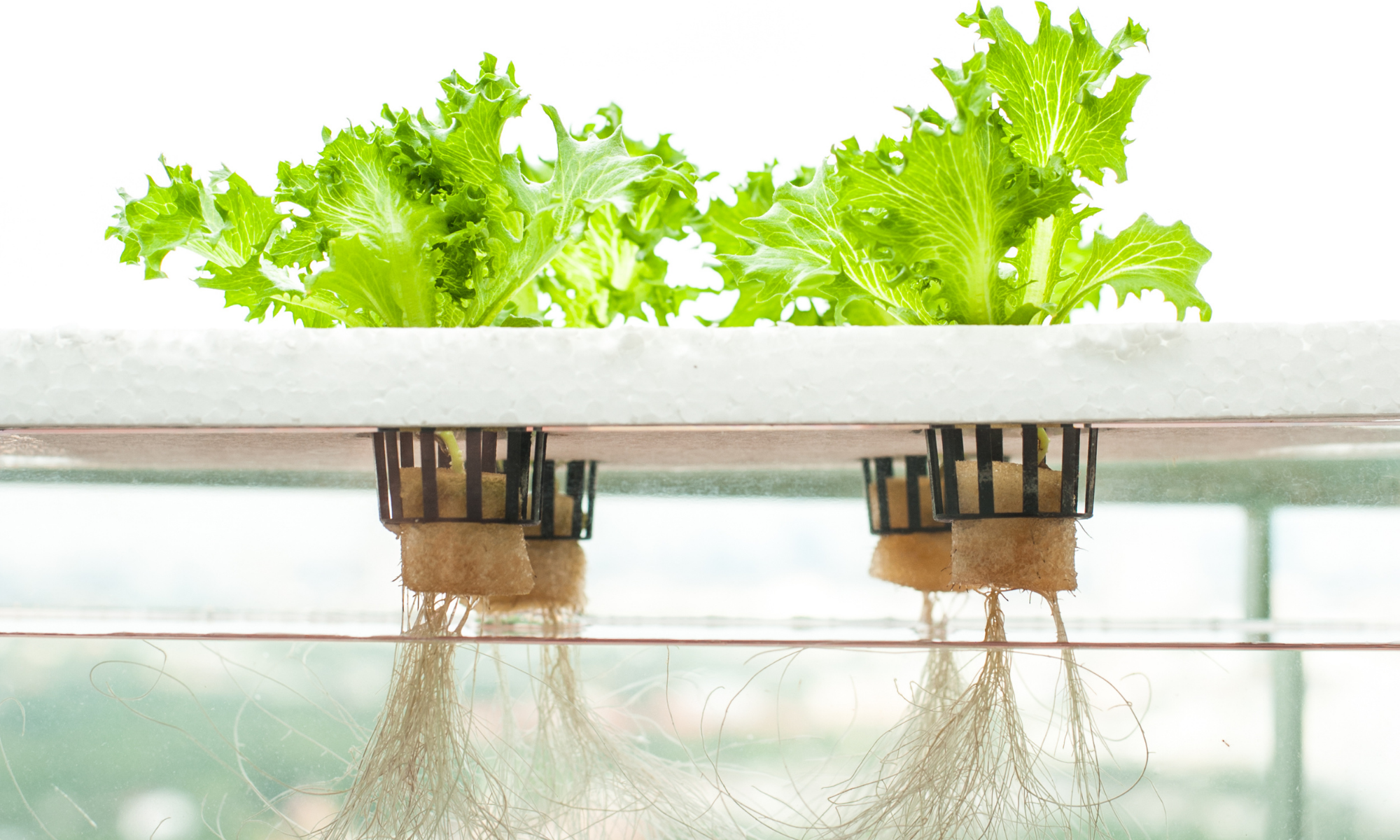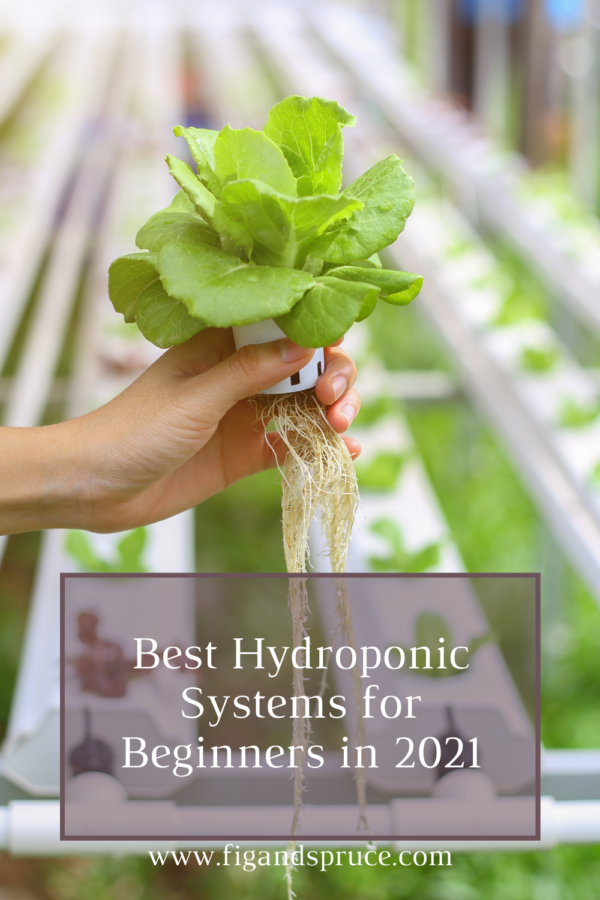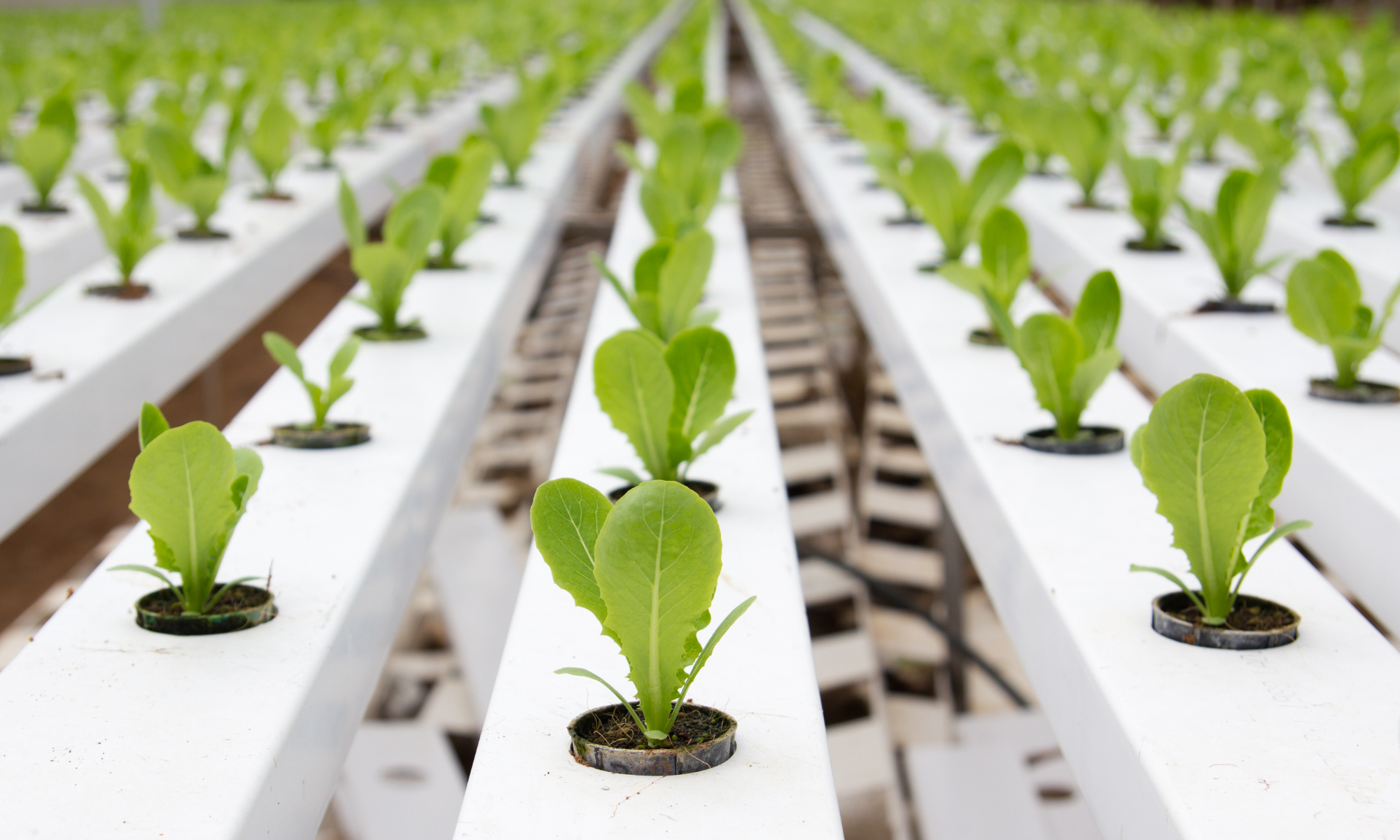
One of the biggest negatives to hydroponic gardening is the upfront cost to purchase a system and your seeds or pods. This begs the question – is a hydroponic garden cost effective? How long will it take for you to get a return on your initial investment?
Today, we’re covering a cost analysis of hydroponic gardening, and if it can save you money in the long run.
Table of Contents
Our Cost Assumptions
For this exercise, we’re making a few assumptions that you might need to tweak or change based on your personal situation. We’ve tried to use a standard price for each item, or what could be considered “average” in each category. However, with hydroponic systems, there’s a wide range of costs that you can pay.
You can easily take a cheaper or more expensive route than we have in these scenarios. If you feel discouraged by the initial price – know that you have plenty of options to tweak as needed. For more options on different grow systems available – check out our guide on The Best Hydroponic Grow Systems for Beginners.
Don’t worry though we’ll include links for each item should you want to purchase or reference these items for your own cost analysis!
Assumption 1 – The Aerogarden Indoor Hydroponic Grow System
We selected the Aerogarden Indoor System for this analysis because this unit is a mid-range system in terms of price. You can purchase this unit for right around $260 on Amazon (as of 1/4/2020).
This is by no means the cheapest system out there, so don’t get discouraged if you can’t afford it. However high quality hydroponic grow systems can range from $100 to upwards of $500, it all depends on what features and sizes you want. For our purposes, we wanted something mid-range to estimate as fairly as possible.

Assumption 2 – Aerogarden Salsa Garden Seed Pods
Keeping with the Aerogarden theme, for estimating costs for seed pods we’re using an Aerogarden Salsa kit. This pod is priced at $17.95 currently and comes with a mix of tomatoes and peppers.
For this exercise we’re estimating that in a year the average user will go through 3 pod packs per year (meaning you’ll re-plant every 4 months). Many reviewers of hydroponic systems report much longer grow seasons so this estimate is probably above what you’ll actually need.

Analysis
We’re breaking it down into two separate scenarios, so you can see how quickly you’ll break even from your initial investment (i.e. buying the hydroponic grow system and your 3 packs of seed pods).
Scenario 1 – You Use Produce Weekly
In scenario 1 – we’re assuming that you use a packet of herbs and a carton of tomatoes weekly.
Upfront costs:
As mentioned earlier, we’re assuming you’re purchasing a $260 Aerogarden unit and 3 seed pod packs per year. This makes your total investment for 1 year $313.85.
| Expense | Amount |
| System | $ 260.00 |
| Pods – 1 pack at $17.95 | $ 53.85 |
| Total Spent | $ 313.85 |
Produce money saved for 1 year:
We’re using a rough estimate of $3.99 for a pack of fresh herbs (thinking basil, thyme, etc., whatever you use most of!). We’re also assuming $4.99 for a carton of tomatoes. Obviously there’s some room for variance here, you can sub out the numbers for whatever your local supermarket offers.
Assuming a pack of herbs and a carton of tomatoes is NOT bought, because you’re growing them from your Aerogarden, you’ll save a total of $466.96.
| Produce | Cost of Produce | Frequency | Amount |
| Herbs | $ 3.99 | x 52 weeks | $ 207.48 |
| Tomatoes | $ 4.99 | x 52 weeks | $ 259.48 |
| Total Saved | $ 466.96 |
Summary:
| Total Spent | $ 313.85 |
| Total Saved | $ 466.96 |
| Difference | $ 153.11 |
In scenario 1, assuming that you use 1 carton of tomatoes consistently per week and 1 packet of fresh herbs, you’ll more than cover your costs within the first year. In fact – you’ll end up saving roughly $153.11!
The Aerogarden model we’re using in this analysis has space for 9 seed pods, so you could easily grow more than just 2 types of plants. However, keep in mind some varieties (particularly vegetables) take up extra room. This means that you may not be able to fill all 9 pods with tomato plants.
This scenario is great for those that eat a lot of fresh fruits and vegetables. However, if you know you wont need that much fresh produce and herbs, check out scenario 2!
Scenario 2 – You Use Produce Bi-weekly
Upfront Costs:
In scenario 2 our upfront costs are the same as scenario 1. You’re initial investment is $260 for the unit and $53.85 for the seed pods.
| Expense | Amount |
| System | $ 260.00 |
| Pods – 1 pack at $17.95 | $ 53.85 |
| Total Spent | $ 313.85 |
Produce Money Saved from 1 Year:
For this scenario, we’re assuming that you’ll consume produce and herbs at half the rate as scenario 1. This means that every other week you’ll be purchasing a pack of herbs and tomatoes. This is noted in the frequency column at 26 weeks per year to calculate the total savings.
In Scenario 2 our produce savings comes out to $233.48.
| Produce | Cost of Produce | Frequency | Amount |
| Herbs | 3.99 | x 26 weeks | $ 103.74 |
| Tomatoes | 4.99 | x 26 weeks | $ 129.74 |
| Total Saved | $ 233.48 |
Summary:
| Total Spent | $ 313.85 |
| Total Saved | $ 233.48 |
| Difference | $ (80.37) |
As you can see, in this scenario you do not break even from your initial investment. By the end of the year you’d still be down $80.37 compared to what you had to invest.
That being said, you still have the unit at the end of year 1 and can of course keep utilizing it the following year, where you’d break even very quickly.
So, is a Hydroponic Garden cost effective?
So – tying it back to our original question – is a hydroponic garden cost effective? It depends on how much produce and fresh herbs you’ll use, and how quickly you need a return on your initial investment.
As we mentioned, there’s definitely multiple ways to this differently. Our goal of this exercise was just to show a couple of scenarios that allow you to assess if a hydroponic grow system could be a good investment for you.
For more information on hydroponic grow systems, check out our Buyer’s guide to hydroponic grow systems for beginners! Or, check out our latest article on how a hydroponic system works.




